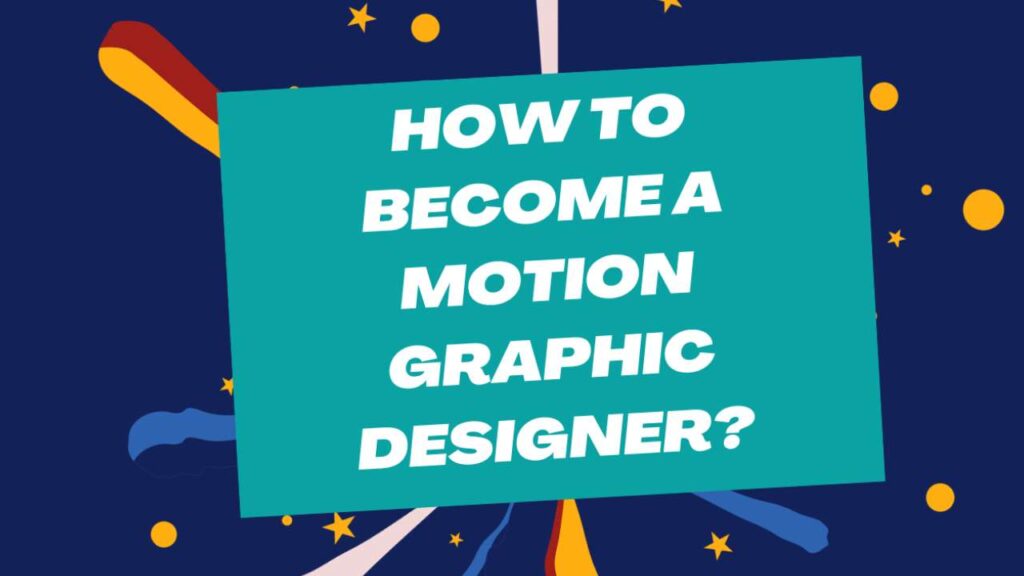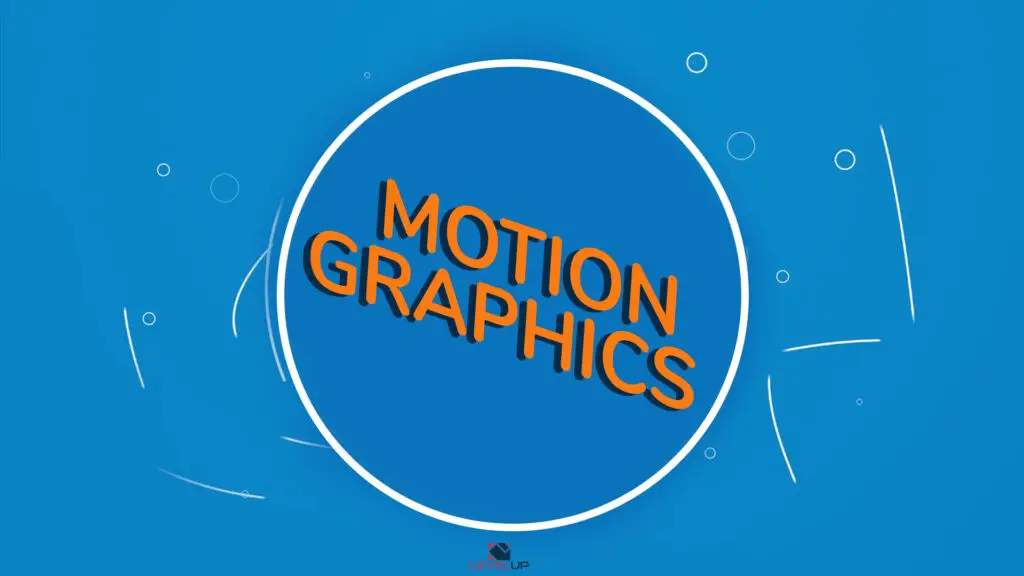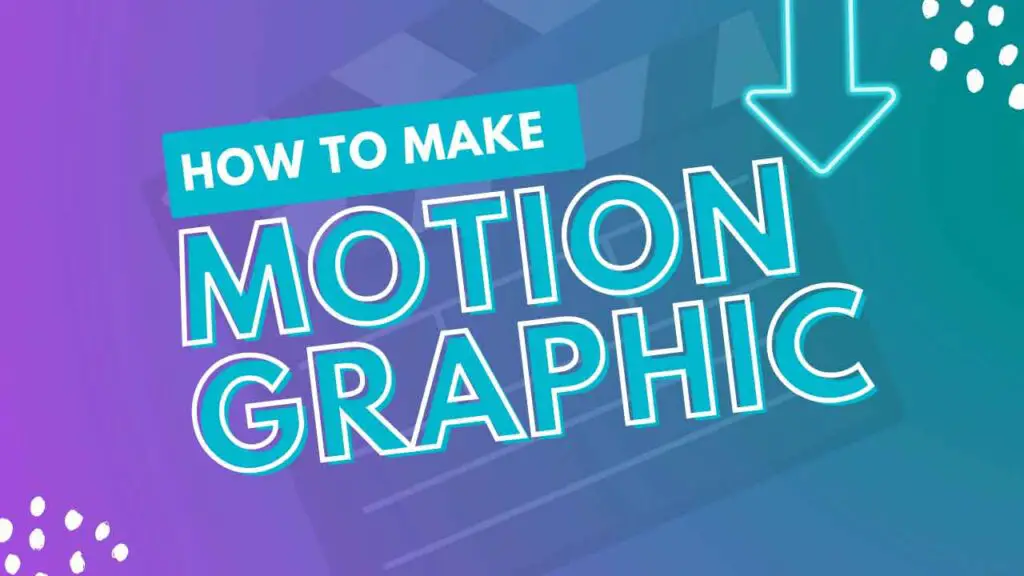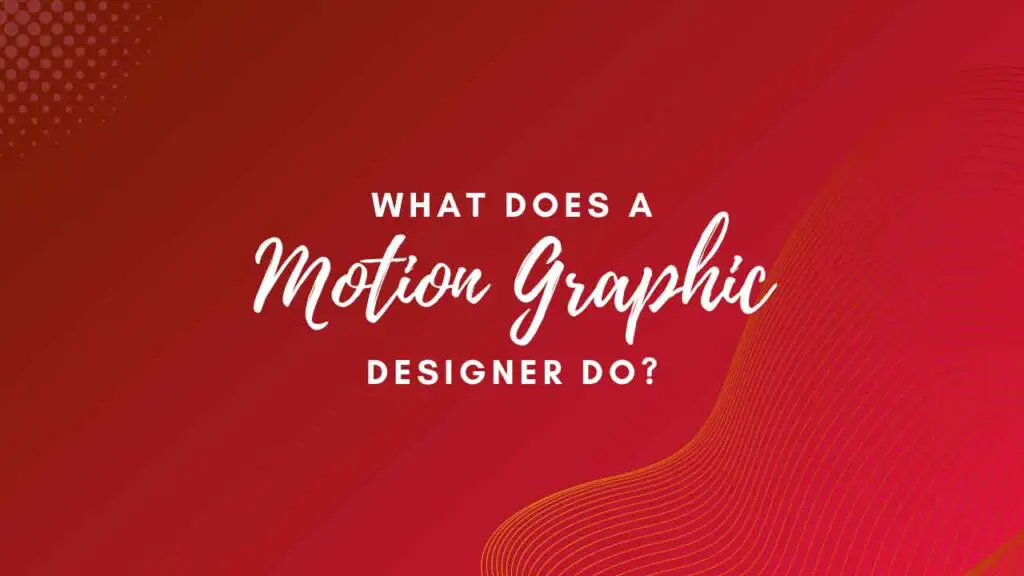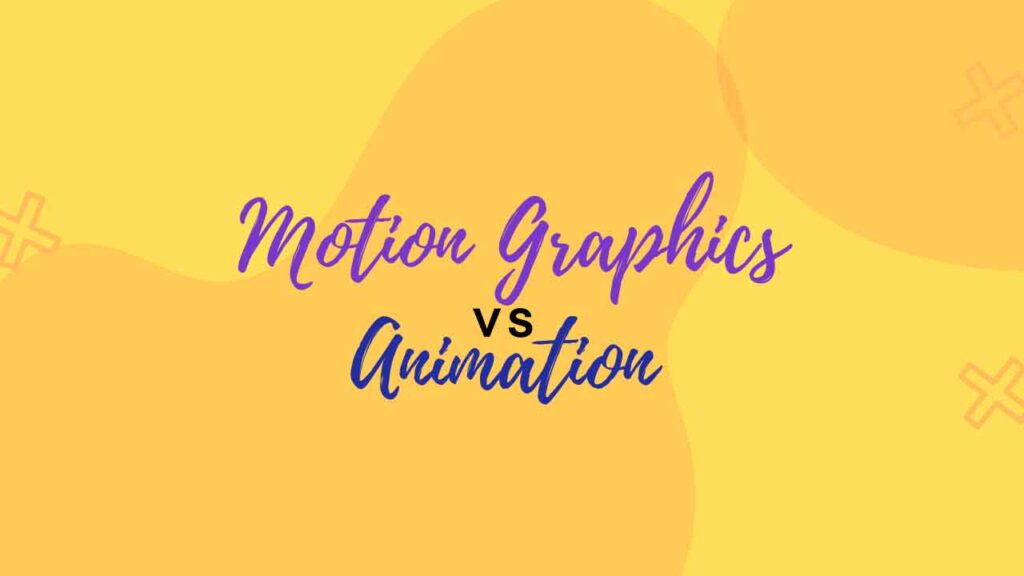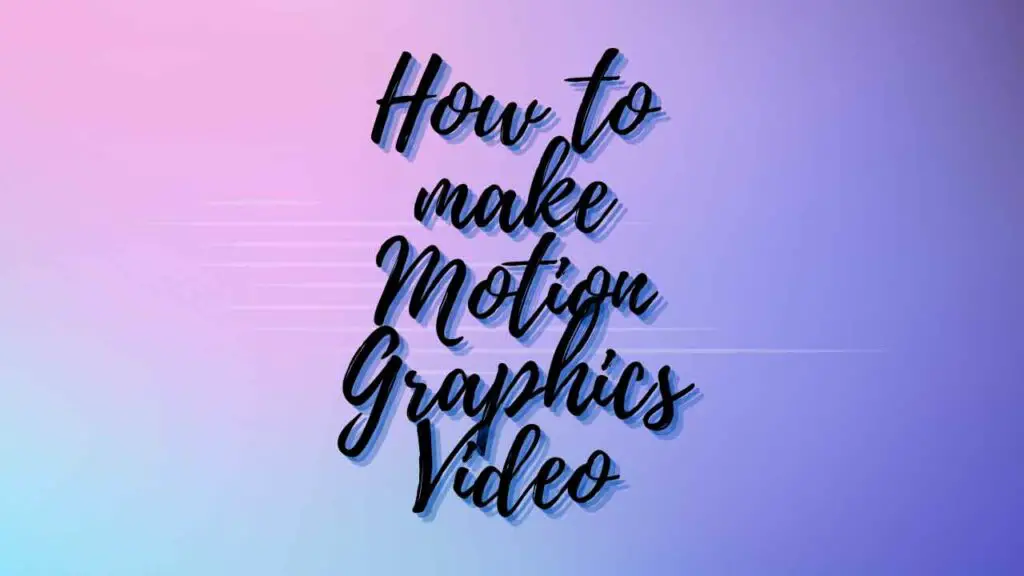THIS ARTICLE MAY CONTAIN AFFILIATE MARKETING LINKS! IN CASE YOU MAKE A PURCHASE THROUGH ONE OF THE LINKS, WE'LL GET A SMALL COMMISSION. WITH NO EXTRA CHARGES TO YOU. THANKS!!
So, you’re interested in becoming a motion graphic designer? Awesome choice! Motion graphics are a fantastic way to add life and movement to your designs. Whether you’re just starting out or looking to switch careers, we have got some tips to help you get on the right track. So, let’s explore how to become a motion graphic designer.
How to become a Motion Graphic Designer?
- Learn the Basics: To start, you’ll want to become proficient in graphic design fundamentals. Familiarize yourself with software like Adobe Photoshop and Illustrator. Understanding design principles, color theory, and typography is crucial. These are your building blocks.
- Master Animation Tools: Motion graphic design involves animation. So, you’ll need to get cozy with animation software. Adobe After Effects is a staple in the industry, but other tools like Cinema 4D and Blender can be valuable too.
- Study Tutorials and Online Courses: The internet is a treasure trove of knowledge. There are countless tutorials and online courses that cover motion graphics. Websites like Udemy, Coursera, and YouTube have a plethora of resources to help you learn at your own pace.
- Practice, Practice, Practice: Motion graphics, like any art form, require practice. Create your own projects, experiment, and push your creativity. The more you practice, the better you’ll become. Try animating logos, text, or even short stories to hone your skills.
- Build a Portfolio: Create a portfolio to showcase your work. Potential clients or employers will want to see your capabilities. Ensure your portfolio reflects your best work and a variety of styles.
- Network and Connect: Attend industry events, join online forums, and connect with other motion graphic designers. Networking can open doors to job opportunities, collaborations, and valuable advice.
- Stay Updated: The world of design is always evolving. Stay current by following design trends, learning about new software updates, and adapting your skills accordingly.
- Seek Feedback: Don’t be afraid to share your work for critique. Feedback can help you identify areas for improvement and grow as a designer.
- Consider Further Education: If you’re serious about motion graphics, you might want to consider a formal education in animation or design. A degree or specialized courses can provide in-depth knowledge and credentials.
- Apply for Jobs or Freelance: When you feel confident in your skills, start applying for motion graphic design positions. You can also work as a freelancer to gain experience and build your reputation.
- Stay Inspired: Always seek inspiration. Follow your favorite motion graphic designers, watch movies, and explore the work of others in the field. It will keep your creativity flowing.
- Be Patient and Persistent: Remember, becoming a motion graphic designer takes time. Be patient and persistent. Success doesn’t happen overnight, but your dedication will pay off.
So there you have it! Becoming a motion graphic designer is an exciting journey. It’s all about creativity, learning, and pushing the boundaries of design.
What does a motion graphics designer do?
Motion graphics designers have one of the coolest jobs in the creative world. They’re the magicians who bring static graphics to life through animation, making everything from advertisements to title sequences in films more engaging. So, what exactly do they do? Let’s dive into it for a clearer picture.
1. Animation: The heart of a motion graphics designer’s work is animation. They create moving images, text, and graphics, breathing life into still elements. This can range from subtle movements to eye-catching visual effects.
2. Storytelling: They often play a crucial role in visual storytelling. Whether it’s explaining a complex concept, narrating a brand’s history, or setting the mood in a film, motion graphics help convey information and emotion.
3. Visual Effects: In the film and TV industry, motion graphics designers contribute to visual effects. They create elements like explosions, holograms, or fantastical creatures through animation.
4. Title Sequences: You know those cool opening credits in movies and TV shows? Motion graphic designers are the creative minds behind them. These sequences not only set the tone but also give audiences a glimpse into what they’re about to experience.
5. Advertisements: In the world of advertising, motion graphics are a powerful tool. Designers create animated ads for television, web, and social media, making products and services look appealing and memorable.
6. Infographics: Explaining data and statistics is made more engaging through animated infographics. Motion graphic designers transform numbers and charts into dynamic visuals that are easy to understand.
7. User Interface (UI) Animation: They also work on UI animations for websites and mobile apps. These animations make the user experience more interactive and enjoyable.
8. Branding: Motion graphics play a significant role in branding. Designers create animated logos and brand elements that reinforce a company’s identity.
9. Music Videos: Ever watched a music video with mind-bending animations? Motion graphics designers often collaborate with musicians to create visually stunning music videos.
10. Video Games: In the gaming industry, motion graphics designers work on in-game animations, cutscenes, and other visual elements that enhance the player’s experience.
11. 3D Animation: Some motion graphic designers specialize in 3D animation, creating three-dimensional graphics and animations for various applications, including video games, films, and architectural visualization.
12. Social Media Content: With the rise of short videos on platforms like TikTok and Instagram, motion graphics designers create snappy and engaging content to capture viewers’ attention.
In essence, motion graphics designers are visual storytellers and animation experts. They use their skills to captivate audiences, convey messages, and make everything from films to advertisements more visually appealing. Their work is like a splash of magic in the world of design and entertainment.
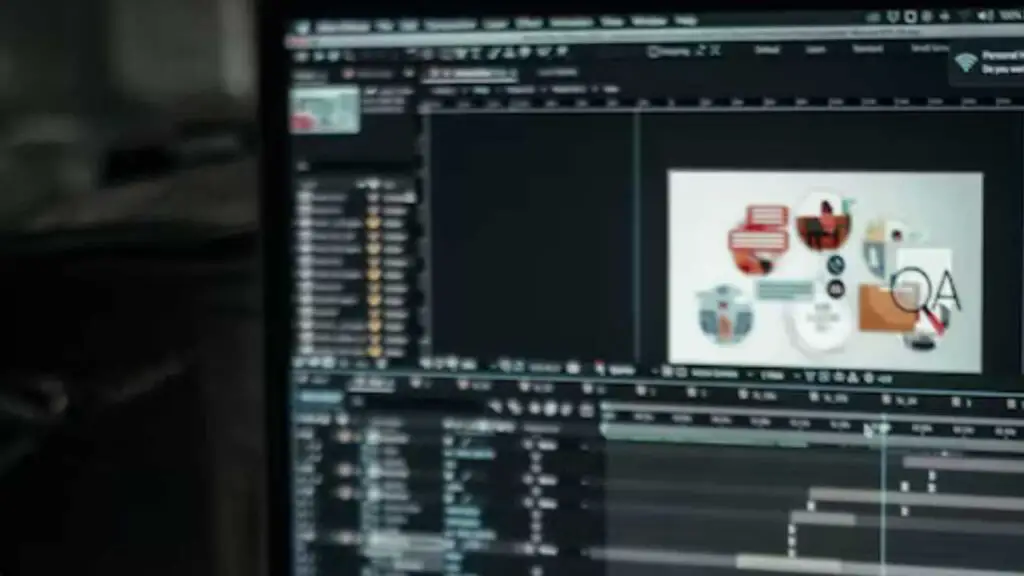
What industries use 2D Motion Graphics?
2D motion graphics find applications across a wide range of industries because of their versatility, visual appeal, and ability to convey information in an engaging way. Here are some industries where 2D motion graphics are commonly used:
- Advertising and Marketing: 2D motion graphics are extensively used in advertising campaigns, from animated product explanations to eye-catching commercials. They can make brands and products more memorable.
- Entertainment: Film and television often incorporate 2D motion graphics in their title sequences, visual effects, and animated storytelling elements. They add a dynamic and creative dimension to the content.
- Digital Marketing: In the world of digital marketing, 2D motion graphics are used in online ads, social media content, and explainer videos to capture audience attention and convey messages effectively.
- Education: Educational videos and e-learning courses leverage 2D motion graphics to simplify complex concepts and engage students. They make learning more interactive and enjoyable.
- Healthcare: Medical institutions and pharmaceutical companies use 2D motion graphics to explain medical procedures, showcase the benefits of treatments, and simplify healthcare information for patients.
- Technology: Tech companies use 2D motion graphics to demonstrate the features and functionality of their products, apps, and software. It helps users understand complex technology in a user-friendly way.
- Architecture and Real Estate: In these industries, 2D motion graphics are used for architectural visualization, walkthroughs, and animated presentations of property designs and real estate listings.
- Nonprofits: Nonprofit organizations often use 2D motion graphics to create awareness campaigns, fundraising videos, and visual storytelling to convey their missions and impact.
- Gaming: In the gaming industry, 2D motion graphics are used for in-game animations, character movements, user interface design, and cutscenes in 2D games.
- Government and Public Sector: Government agencies use 2D motion graphics to communicate public information, such as safety guidelines, public policy changes, and public health initiatives.
- Retail: Retailers use 2D motion graphics in various ways, including animated ads, in-store displays, and interactive kiosks to promote products and enhance the shopping experience.
- Finance and Business: Financial institutions and businesses utilize 2D motion graphics in presentations, data visualization, and corporate videos to explain financial concepts and processes.
- Hospitality: In the hospitality industry, 2D motion graphics can be used for promotional videos, animated menus, and interactive maps to enhance the guest experience.
- Automotive: Car manufacturers and dealerships use 2D motion graphics to showcase vehicle features, safety technologies, and animated advertisements.
- Fashion: The fashion industry employs 2D motion graphics for animated lookbooks, advertisements, and runway show visuals to showcase clothing and accessories.
These are just a few examples, and the use of 2D motion graphics continues to expand into new industries as they prove to be an effective and engaging way to convey information and captivate audiences. The versatility of 2D motion graphics makes them a valuable tool for visual storytelling and communication in today’s digital age.
Motion graphics designer salary and job outlook
Certainly, let’s dive into the salary and job outlook for motion graphics designers. It’s a field that’s both creatively fulfilling and has the potential for a rewarding career.
Salary: The salary of a motion graphics designer can vary depending on several factors, including location, experience, industry, and the specific company. Here’s a general overview:
- Entry-Level Salary: For those just starting, salaries typically range from $35,000 to $60,000 per year, but this can vary significantly by location and employer.
- Mid-Level Salary: With a few years of experience, motion graphics designers can earn between $60,000 to $90,000 per year.
- Experienced/Senior Salary: Highly experienced professionals and those with a strong portfolio can earn $90,000 to $150,000 or more annually.
- Freelancers: Freelance motion graphics designers may have more income variability but can potentially earn more per project, ranging from a few hundred dollars to several thousand per project, depending on the complexity and client.
Keep in mind that these figures can significantly vary based on factors like the region in which you work and the demand for motion graphics in your specific area.
Job Outlook: The job outlook for motion graphics designers is generally positive. Here are some key points to consider:
- Demand: The demand for motion graphics continues to grow, especially with the increased use of video content in advertising, marketing, and entertainment. Companies and organizations are using animation to make their messages more engaging and memorable.
- Digital Content: With the rise of digital content platforms, social media, and online advertising, there’s a constant need for fresh and visually appealing content, which often includes motion graphics.
- E-learning: As e-learning and online education become more prevalent, the need for educational motion graphics is on the rise. Motion graphics designers play a critical role in making educational content engaging and effective.
- Technology Advancements: Advancements in technology have made it easier for individuals and smaller businesses to create motion graphics. This can create opportunities for freelance motion graphics designers.
- Competition: The field is competitive, and to stand out, it’s important to have a strong portfolio and stay up-to-date with the latest trends and software. Continuing education and building a personal brand can also be beneficial.
- Freelancing Opportunities: Many motion graphics designers work as freelancers or independent contractors. This allows for flexibility and the potential to work on a variety of projects for different clients.
Overall, the job outlook for motion graphics designers appears promising, but it’s important to be adaptable and continuously improve your skills to stay competitive in this dynamic field. The ability to create captivating visual content is highly valued in today’s digital and visual-centric world, and motion graphics designers have the opportunity to make a significant impact in various industries.
